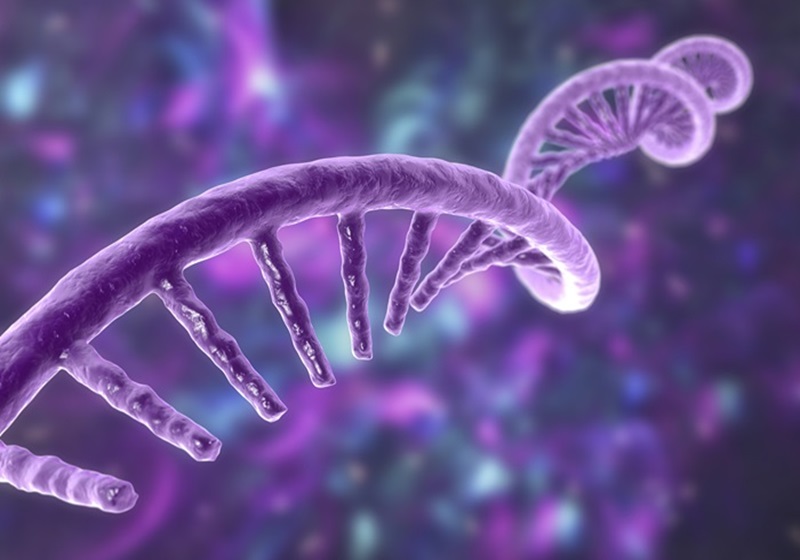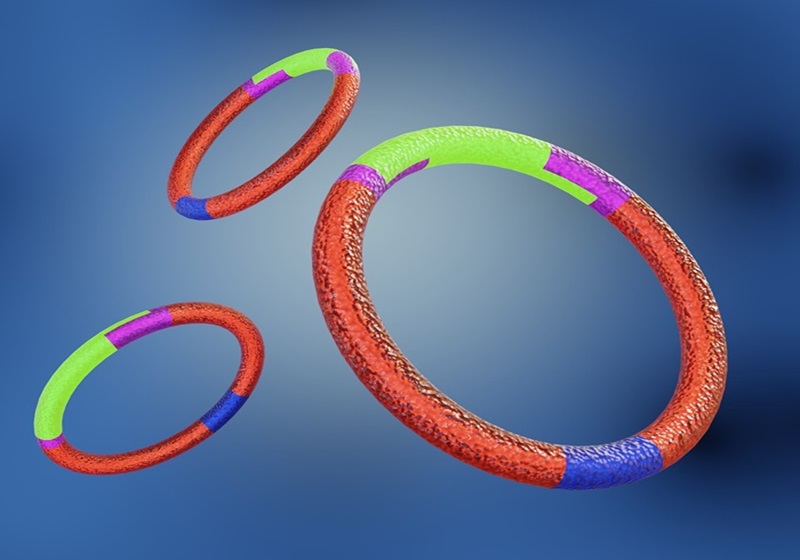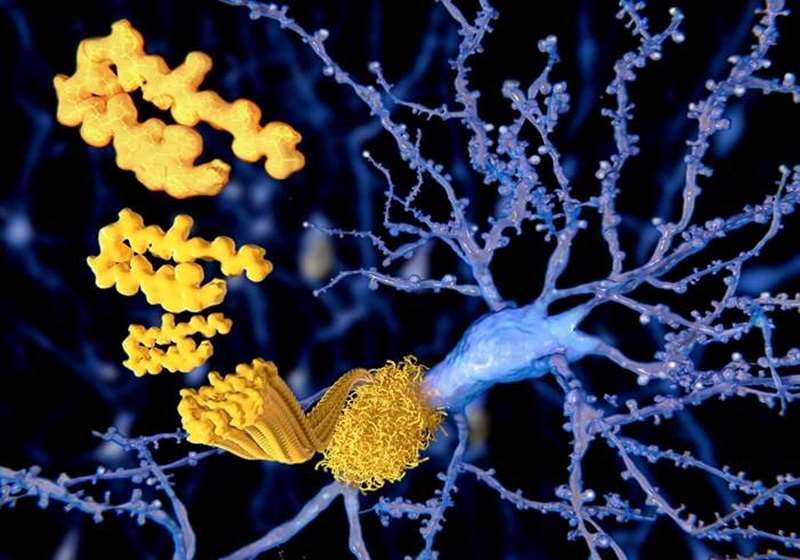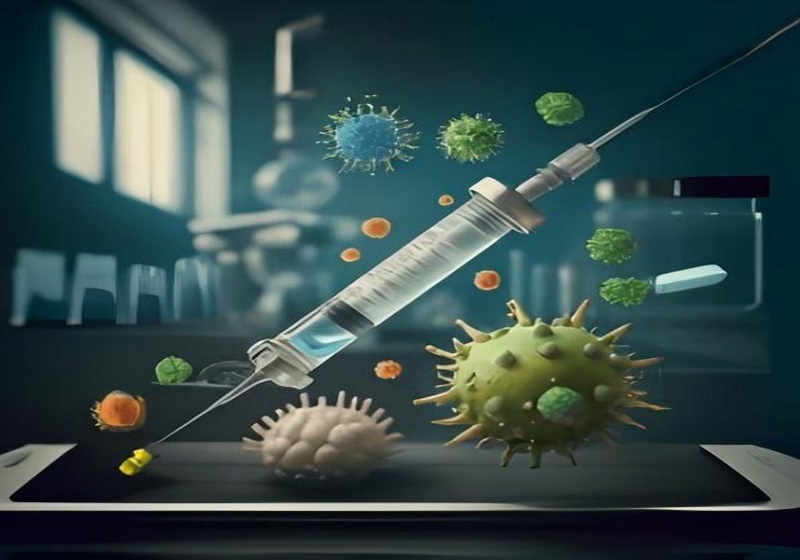Liposome Encapsulation Services
Inquiry
In nanoparticle (NP)-mediated drug delivery, liposomes are the most widely utilized drug carriers and represent the only NP system approved by the FDA for clinical use, owing to their superior physical and chemical properties and excellent biocompatibility. Currently, liposome technology enables the production of safe and effective systems on an industrial scale. CD Formulation possesses extensive expertise and many years of experience in drug delivery and liposome biophysics, demonstrating our commitment to leveraging professional knowledge to provide comprehensive solutions for our clients.
About Liposome Encapsulation Technology
Liposomes have a wide range of applications, spanning the fields of medicine, cosmetics, health products, and in vivo imaging. As an effective means, they can deliver targeted payloads (such as small molecules, DNA, and peptides) to specific cells or tissues within the body, regardless of whether the payloads are hydrophobic or hydrophilic. Here is an elaborate elucidation on the encapsulation of liposomes and its underlying operational principle.
Liposome Structure
- Liposomes are typically composed of a lipid bilayer, which consists of two layers of phospholipid molecules. These molecules possess a hydrophilic head and a hydrophobic tail.
- In aqueous environments, lipids naturally self-assemble into spherical vesicles, with hydrophobic tails oriented towards the interior and hydrophilic heads facing the exterior, thereby creating a water-containing cavity within the vesicle.
Liposome Encapsulation Principles
- To encapsulate substances in liposomes, the desired substance is combined with lipids and a water solution. Subsequently, the mixture undergoes mechanical or chemical treatments, such as ultrasonic treatment or extrusion. These processes result in the formation of liposomes, wherein the encapsulated substance is entrapped either within a water core or a lipid bilayer, depending on the properties of the substance and lipids.
- Conventional encapsulation techniques involve passive or active methods to load the payload into a hydrophilic core or a hydrophobic lipid bilayer based on its properties. In active loading, the payload can be incorporated into the liposome core post-synthesis by utilizing pH or salt gradients, and it is retained in the core after gradient-induced endocytosis through complex formation with the capture agent (ion/salt).
- The payload can be incorporated into the liposome through chemical bonding. For example, a payload with suitable functional groups can be conjugated to the phospholipid bilayer of the liposome using diverse chemical techniques. Common chemical bonds include disulfide, ester, and imine bonds, which release the payload under specific conditions. This approach enables the incorporation of the payload during synthesis (within the core and on the surface) or post-synthesis (only outer surface attachment).
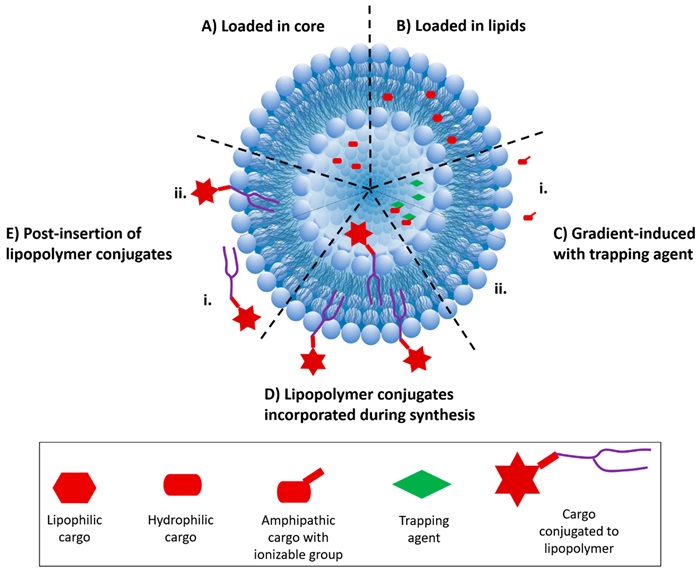 Fig.1 Various modes of liposome encapsulation. (Almeida B, et al., 2020)
Fig.1 Various modes of liposome encapsulation. (Almeida B, et al., 2020)
Customized Liposome Encapsulation Solutions
Our Capabilities for Liposome Encapsulation
| Techniques & Platforms |
Details |
| Liposome Encapsulation Techniques |
- Through an analysis of the payload characteristics, a tailored formula design and process development are implemented.
- We employ distinct encapsulation methods, size control techniques, and processes for various application fields.
- It is essential to ensure that the encapsulated product exhibits superior quality, stability, bioavailability, and targeting.
|
| Characterization Platform |
- Various analytical instruments such as HPLC, HPLC-MS/MS, Zeiss/GeminiSEM 500, NucleoCounter NC-250 cell viability analyzer, 3D frozen transmission electron microscope Talos L120C G2, Moxi GO II fast flow cytometer, ZERO fluorescent cell imaging System, etc.
- Physicochemical characterization, in vivo characterization, and in vitro characterization services.
|
Why Choose CD Formulation for Liposome Encapsulation?
- Advanced Liposome Technology: Our cutting-edge liposome encapsulation technique excels in research on drug delivery, gene therapy, cell engineering, and regenerative medicine. We precisely control liposome structure and composition for efficient payload delivery, ensuring stability, bioavailability, and targeted delivery within the body.
- Comprehensive Encapsulation Services: We offer professional liposome encapsulation services, providing innovative solutions for stabilizing and enhancing the bioavailability of active ingredients. Our expertise spans pharmaceuticals, cosmetics, and food supplements. Our services cover all aspects of the process, encompassing custom formula development, scaled-up production, and quality testing.
- Professional Team: The interdisciplinary research team, comprising experts in fields including basic medicine, molecular biology, chemistry, and pharmacy, collaborates to drive innovation and application of liposome encapsulation technology. They also integrate artificial intelligence technology to achieve breakthroughs in big data analysis, simulation calculation, and intelligent-assisted design, enhancing the team's innovative capabilities and problem-solving flexibility.
As a leader in nanoparticles, CD Formulation is committed to delivering professional liposome encapsulation services and superior liposome products to our customers. Please do not hesitate to contact us if you require any assistance.
References
- Almeida B, Nag OK, et al. Recent Progress in Bioconjugation Strategies for Liposome-Mediated Drug Delivery. Molecules. 2020; 25(23):5672.
- Liu Y, Yao T, et al. A Biocompatible and Near-Infrared Liposome for In Vivo Ultrasound-Switchable Fluorescence Imaging. Adv Healthc Mater. 2020; 9(4): e1901457.
How It Works
STEP 2
We'll email you to provide your quote and confirm order details if applicable.
STEP 3
Execute the project with real-time communication, and deliver the final report promptly.
Related Services

 Fig.1 Various modes of liposome encapsulation. (Almeida B, et al., 2020)
Fig.1 Various modes of liposome encapsulation. (Almeida B, et al., 2020)
